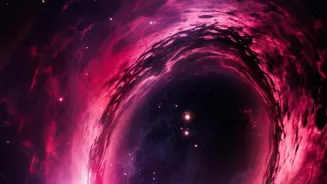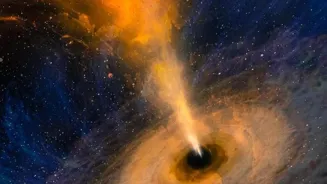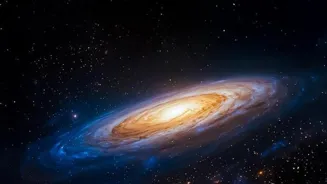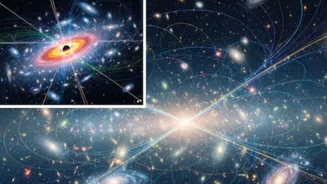Delve into the enigmatic world of black holes - unraveling 7 captivating theories! Dive in for cosmic wonders!
Black holes, those cosmic vacuum cleaners in space, have always tickled the brains of scientists
and excited us regular folks alike. These celestial giants, with gravity so strong that nothing, not even light, can escape, are not just scary monsters.
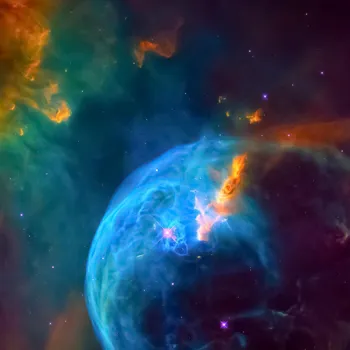
They are key to understanding the universe's biggest secrets. While we can't see them directly (remember, no light escapes!), we can observe their effects on surrounding matter and light, giving us clues about what they truly are.
It's a bit like knowing a ghost is there because your furniture keeps moving, even if you can't spot the apparition. The sheer concept can bend your imagination, and the current theories are even more mind-blowing.
Theories on event horizons and singularities in black holes
The first fascinating theory revolves around "Event Horizons," which marks the point of no return. Imagine a waterfall; once you're over the edge, there's no swimming back up. The event horizon is similar. Cross it, and you're destined for the black hole's singularity.
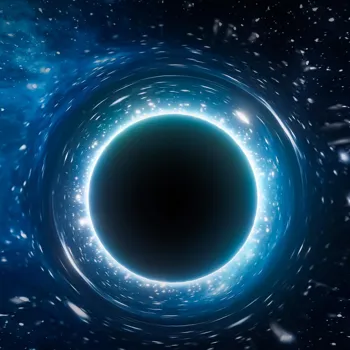
The singularity, our second theory, is the heart of the black hole, a point of infinite density where all the black hole's mass is crushed. Here, the laws of physics as we know them break down, and things get seriously strange.
It's the ultimate cosmic mystery spot, and understanding it might unlock the secrets of the universe's origin. It's not easy to understand, especially when you start thinking about the sheer weight of everything crammed into an infinitely small space.
Falling into a black hole causes "Spaghettification," showing extreme gravitational forces
Thirdly, "Spaghettification" is a brutal but scientifically interesting effect. If you fall into a black hole, the difference in gravity between your head and your feet would become intense. You would stretch vertically and compress horizontally. Imagine being stretched like spaghetti.
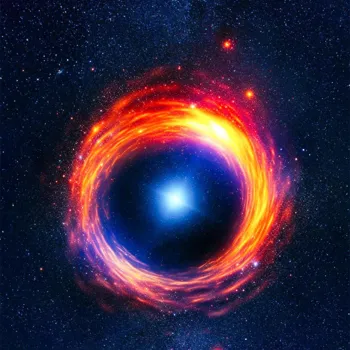
Thankfully, this only happens close to a black hole's event horizon. It's a gruesome illustration of the black hole's incredible gravitational strength and highlights the forces that defy our everyday experience.
This is where astrophysics starts sounding like a science fiction film, only it's based on very real, very powerful forces at play in the cosmos.
Black holes evaporate slowly due to Hawking Radiation, challenging classical views
The fourth theory is about "Hawking Radiation". It suggests that black holes slowly evaporate over a very, very long time frame. This happens due to quantum effects near the event horizon where particle-antiparticle pairs constantly pop into existence.
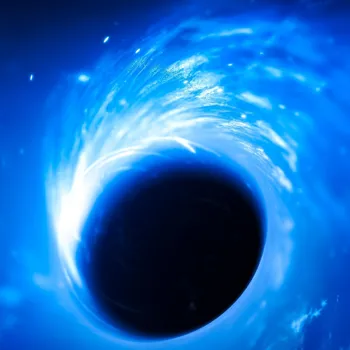
Sometimes, one particle falls into the black hole, while the other escapes, carrying away a tiny bit of the black hole's energy. While this evaporation process is incredibly slow, it challenges the classical view of black holes as eternal and indestructible.
It provides a link between general relativity and quantum mechanics, hopefully setting the stage for a unified theory of everything.
Exploring theoretical wormholes in space as gateways to other universes
Our fifth fascinating area is the concept of "Wormholes." Some theories suggest that black holes could be gateways to other parts of the universe, even to other universes altogether. The idea is that entering a black hole could lead through a wormhole.
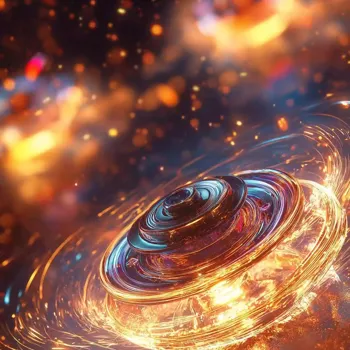
It is a tunnel that connects to a "white hole," which spews matter out instead of sucking it in.
While this is purely theoretical, and travelling through a wormhole would likely be incredibly dangerous (or impossible), the idea fuels our imagination and encourages scientists to explore the nature of space and time.
This builds from Sci-fiction concepts, pushing boundaries for the way that we interpret how space, time and gravity interact.
Supermassive black holes impact galaxy formation and evolution
The sixth concept involves the role of "Black Holes in Galaxy Formation." It is now believed that supermassive black holes reside at the centre of most galaxies, including our Milky Way. These behemoths have a huge influence on a galaxy's evolution.
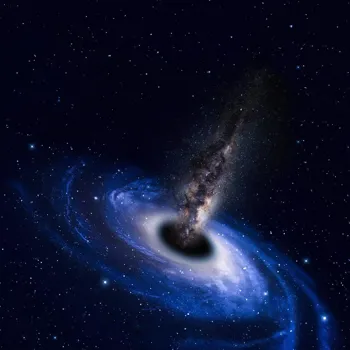
They can regulate star formation by blasting out jets of energy and influence the shape of the galaxy itself. Understanding how these supermassive black holes formed and grew alongside their host galaxies is a major area of research in astrophysics.
This helps to put the position of black holes with the overall structure of the universe that humans can observe.
AI Generated Content. Glance/InMobi shall have no liability for the content